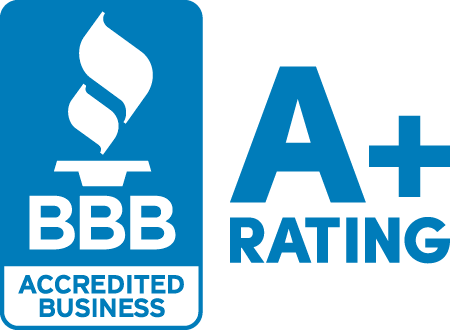
Do energy savings sound good to you? Here are some energy-efficient home improvement projects to consider:
1. Window Replacement
Getting energy-efficient replacement windows in Finlay, OH, is one of the easiest ways to give your home’s energy efficiency a boost. Windows cover numerous openings around your house, after all, translating into just as many opportunities for air leakage to occur.
Unfortunately, faulty windows can lead to precious energy used to regulate indoor air being wasted. This is why it pays to replace your windows at the right time. While getting new windows is a good thing, you don’t want to do it too soon either and miss out on making the most of your current windows. So, when should you replace your windows?
It’s a good rule of thumb to invest in window replacement when your current windows are:
-
Old – Typically, residential windows have a lifespan of 15 to 20 years. If your windows are nearing the end of their service life or have already surpassed it, it’s safe to say it’s time to get new ones. Even if they are not severely damaged, old windows use single-pane glass, which doesn’t do much to prevent heat transfer compared to double-pane glass, the standard choice today.

-
Broken – It’s one thing to have broken weatherstripping, which can be repaired, but it’s another to have a misshapen sash or broken glass. Even if you can still get broken windows to work to a certain degree after some repairs, they will fail again, and sooner rather than later. In the meantime, you’ll find yourself not only inconvenienced but spending more on repairs as well, the cost of which can add up. In the long run, investing in window replacement is the more cost effective choice.
What Windows to Choose?
To make sure you’re getting energy-efficient windows, make sure your replacement units are rated for the area you are in. For example, Ohio is part of the Northern Climate Zone. This means for windows in Ohio to be considered energy-efficient, they must have a U-Factor of 0.27 or below. The U-Factor is a measurement of how well a window can keep indoor heat in, while the solar heat gain coefficient (SHGC) measures how well it can keep outdoor heat out. For both ratings, the lower the number, the better.

As for window styles, make sure you choose one that will match your home’s architectural style. For example, the timeless charm of double hung windows suits traditional properties. Also, be sure to choose trim colors complement your home’s existing color scheme.
2. Door Replacement
Do you have old, broken doors? Then you should be planning for a replacement. Choosing energy-efficient doors requires different considerations than when shopping for windows. Many doors don’t have any glass, and even those with lots of glass typically have a lower glass-to-frame ratio than windows.

For this reason, ratings for doors are based on the amount of glass they have (their glazing level) and performance numbers from the National Fenestration Rating Council. For example, for a door to be considered energy-efficient for a home in the Northern or North-Central Climate Zone, it has to have a glazing level of less than or equal to 1/2-Lite, a U-Factor less than or equal to 0.30 and an SHGC of less than or equal to 0.40.
What Doors to Choose?
Whether you’re investing in entry or patio door installation in Findlay, OH, take this opportunity to upgrade. You have a wide array of door options to choose from so take the time to go over your choices. Overwhelmed by all the choices? Don’t hesitate to ask a door expert for assistance!
We recommend looking for entry or patio doors made of durable framing material. Your choice of material will affect how energy-efficient your door is, as well as the level of upkeep it will require over its lifespan.

3. Roof Replacement
Your roof also plays a vital role in your home’s energy efficiency because it contributes to the home’s insulation. As with doors and windows, the roofing material you choose should be well-suited to the general climate in your area, as your location dictates the kind of heating and cooling requirements you’ll have. Generally, you want a roof that limits passive heating, as that’s what makes it hard for your HVAC system to achieve the indoor temperatures you desire, prompting it to consume more energy.
What Roof to Choose?
Energy-efficient roofing options feature high solar reflectance and high emittance. This means they effectively reflect the sun’s heat instead of absorbing it, and whatever heat they do absorb is easily released as well. Roofs that meet these criteria are also known as cool roofs.

Thanks to advancements in roofing technology, cool roofs are fast becoming the standard. Still, not all roofing materials are created equal, so it’s in your best interest to take the time to get to know your options.
Where to start? As the most popular roofing option for American homes, asphalt shingles are a great place to begin your search. They are an affordable option that delivers solid performance to any home.
Making the Most of Energy-Efficient Home Improvement Projects
Investing in home improvement projects that improve energy efficiency is a win-win. You get to improve your home’s functionality and beauty, while also reducing your energy bills and doing something good for the environment. Just make sure you are working with the right contractor for your needs, whether you want to focus on window replacement services in Findlay, OH, or prioritize getting a new roof.
















